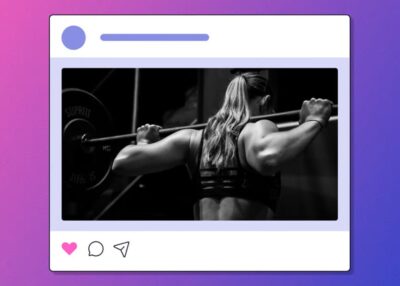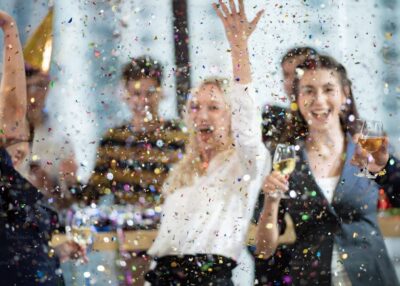Picking Your Event Theme Using Color Psychology
Color psychology is the study of how color influences perceptions that are not obvious to us at the time. Colors can affect our mind, emotions, moods and tastes in a way we don’t even realize.
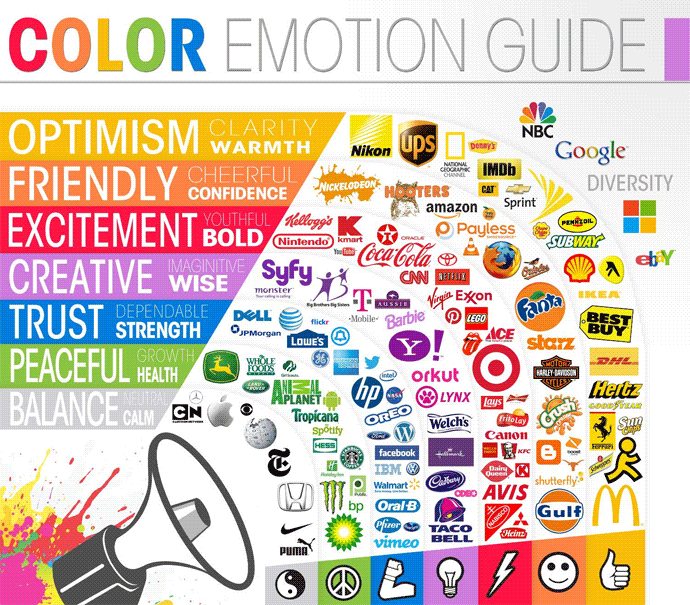
Above is a simple breakdown of all the emotions, positive and negative, each color can evoke.
Because of this effect it can have on people, brands tend to focus on color psychology to establish what they want their brands to say or to control how their audience feels.
Events do the same thing when advertising themselves and creating a theme.
If you are a true believer of themes, you know that your color scheme is everything for creating a memorable space.
But most people don’t consider the psychology behind the color when they choose it.
For example, your event is about everything food in your city. You're going to have food trucks, catering, free tastings, and demonstrations.
You also want your color scheme to be eggplant or purple because you enjoy those colors.
Well, eggplant, red onions, purple cabbage, all foods people tend to not get hungry about, are associated with this color you have chosen.
These color shades are notorious for making people feel less hungry and excited about food without even realizing their change in appetite.
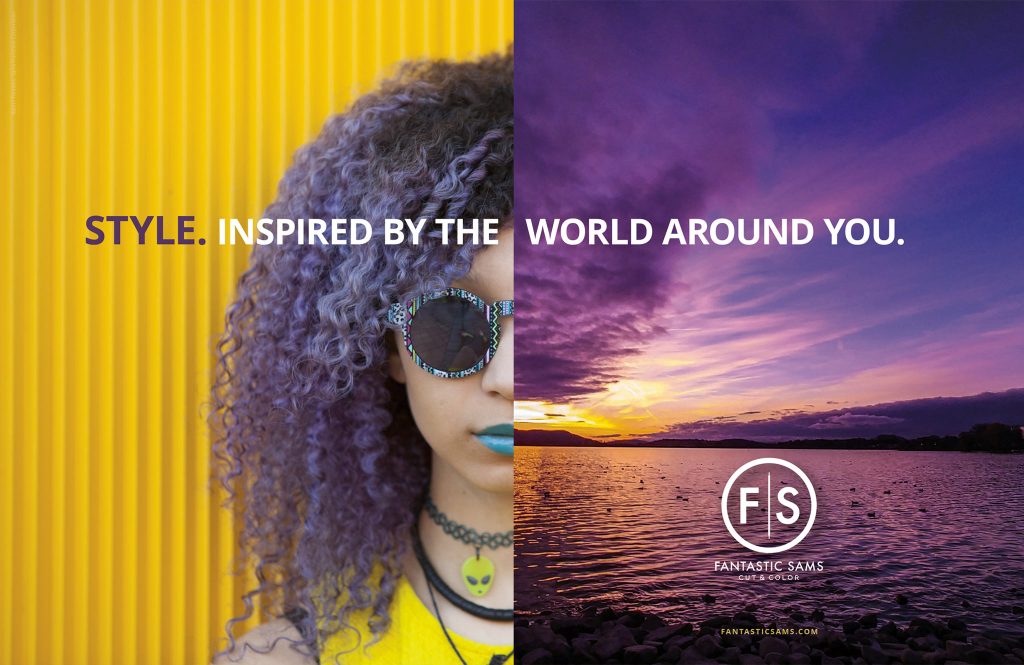
Color psychology is a powerful thing, and if you don’t research your color scheme beforehand, you may choose a theme that hurts your event without even knowing it.
What colors work together?
Another critical thing to know with colors is their complementary shades. My cheat sheet is the color wheel which is a whole other science!!
Knowing the basic color harmonies found on your color wheel can ensure a brand that is aesthetically appealing to your audience.
Here is a break down of how I use the color wheel to find colors that compliment each other.
Complementary color schemes use two opposite colors on the color wheel.
Monochromatic color schemes use three different values of the same color.
Analogous color schemes use three adjacent colors on the color wheel.
Split complements use color and the two adjacent tertiary colors of its balance.
Triadic color schemes use three evenly spaced colors on the color wheel.
Tetradic color schemes use two complementary pairs.
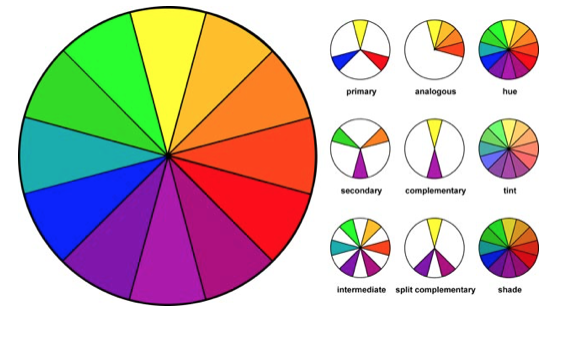
“Knowing what colors are hot and complimentary can really help an event planner excel in their business,” says Kate Kovalick-Patay, Executive Director of Sales & Marketing for Creative Coverings.





